The Battle of the Bulge was the largest battle ever fought by the United States Army. Over 83,000 Americans were casualties during the battle which lasted from December 16, 1944 until January 25, 1945, and as a result, the battle occupies a prominent place in our collective minds. Images of picturesque Ardennes landscapes before Christmas, conifers with branches drooping from heavy snowfall and beleaguered American forces doggedly defending against a last gasp attack by a defeated enemy all dot the mind when thinking of the Bulge.
Most of the publicity for the American victory falls on the shoulders of the 101st Airborne and the map grid that centers on the town of Bastogne. And while the defense of the “crossroads of hell” was gallant to be sure, it was not the back breaker that most people assume it to have been. The real crusher to the German offensive plans in the Ardennes occurred 46 miles north east of Bastogne, in a small area consisting of a copse of small villages and a piece of high ground called Elsenborn Ridge.
Forests, by nature, are eerily quiet at night. Even the most hardened veteran occasionally thinks he hears twigs snap, boots crush snow or other odd noises that can cause nerves to fray. More often than not, the noises thought to have been heard aren’t anything at all, and the forest resumes its eerie silence. Not so in the pre-dawn hours of December 16 in the Ardennes Forest. At precisely 0530 hours, the forest erupted in an ear shattering German artillery barrage along a 100 mile front. In the northern portion of the American line, heavy artillery shells crashed around the positions of the un-tested 99th Infantry Division from Lanzerath in the south to the forested areas near Monschau in the north. The artillery barrage lasted for an hour, and shortly afterwards German infantry from the 277th Volksgrenadier Division burst through the forest and headed at the positions of the 99th Infantry Division’s 395th Infantry Regiment near the village of Rocherath.
The German assault caught the “99ers” off guard initially, due to the heavy artillery bombardment, but the infantrymen and their supporting mortar fire were able to repel the initial assault at a murderously close range due to the proximity of the opposing tree line from where the enemy advanced. Still, some German assaults penetrated American lines near the town of Hofen where they were eventually captured after retreating into houses in the town. By the end of the December 16, much of the American front lines in the Ardennes had been broken by the German assault. The enemy was moving through large gaps in the lines, and Americans were either being captured or killed in enormous numbers or retreating in disarray and panic. That was not the case for the Americans near Elsenborn. The 395th Infantry had mostly held their lines, and now with the battle hardened 2nd Infantry Division on the way to back them up, the lines of defense near Elsenborn appeared to be significantly harder to pierce.
Yet, despite their successful defense and reinforcement from the 2nd Division, the 395th was in a precarious position on the morning of the December 17. The other two regiments of the 99th Division had been beaten to a pulp by the initial German assault, and for the most part had been rendered ineffective, thus leaving the 395th dangerously exposed to a flank assault. The German spearhead in the north, led by the 1st SS Panzer Division and Jochen Peiper’s Kampfgruppe plowed through jammed roads to the south of Elsenborn and the twin villages of Krinkelt and Rocherath hell bent on their ultimate destination of the Meuse River. Peiper’s right flank had to be secured and the Americans in that region had to be destroyed. That task fell to the 277th Volksgrenadier Division and the 12th SS Panzer Division. These two German divisions directed their fury against the 395th early on the morning of the December 17.
German assaults in the heavily wooded area in front of the villages pushed the “99ers” out of the woods and caused them to flee, many in disarray, back through the twin villages of Krinkelt and Rocherath behind them. The 12th SS pushed through the woods and probed the villages at around 1100 hours. Encountering paltry resistance at first, the Germans launched an attack on the towns and initially met with success, pushing into Rocherath with a clear path beyond. What was left of the “99ers” in and around Rocherath appeared to be doomed, and like the calvary in Western movies, salvation appeared in the forms of infantry from the 2nd Division and incredibly heavy artillery fire that dropped onto the Germans like rain. American artillery fired at pre-registered locations along the German route of advance, and along with support from “in the knick of time” arriving American armor halted and turned the German advance into a retreat.
As the American defenders began to assess casualties and ammunition supplies, the 12th SS hit them again. This assault, like the first, was ground to a halt due to heavy American small arms and artillery fire. When three hours later a third SS assault hit the defenders, it too was stopped. The success of the defense of the twin villages would be short-lived if ammunition was not resupplied. The three heavy German assaults had worn down the ammunition supply, particularly that of the machine gunners, and had left the defenders mostly helpless.
Either short or completely devoid of ammunition, the defenders of Rocherath began to filter to the rear in the growing darkness that swallowed the battlefield. As they did so, another German assault hit them, this time with support from 5 MKV Panther tanks. The combination of no ammunition and heavy German armor caused the American lines to fold, like a dam bursting. The retreat turned into a route as the German tanks, two less due to a duel with two American Shermans, rolled unmolested down the street in the village.
The defense of Rocherath that had been held most of the day by infantry was decided in less than thirty minutes by 5 German tanks. The German armor, with SS Panzergrenadiers riding on their decks, clattered down the icy roads of Rocherath and headed for Krinkelt, only a stone’s throw away. As the tanks neared Krinkelt, they plowed right through elements of the 2nd Infantry Division, many of whom had arrived literally moments earlier to reinforce their brothers who had earlier reinforced the “99ers”. The rapid advance did not deter the men of the 38th Infantry Regiment, however, who put up a fierce defense. So fierce in fact that the German commander pulled his tanks back for fear of running into a superior American force, deciding to hold his positions until the following morning. As the night grew darker, optimistic American officers in the 2nd Division relayed a message to headquarters, “Action quieting; believe we can hold.” This would prove to be a false hope.
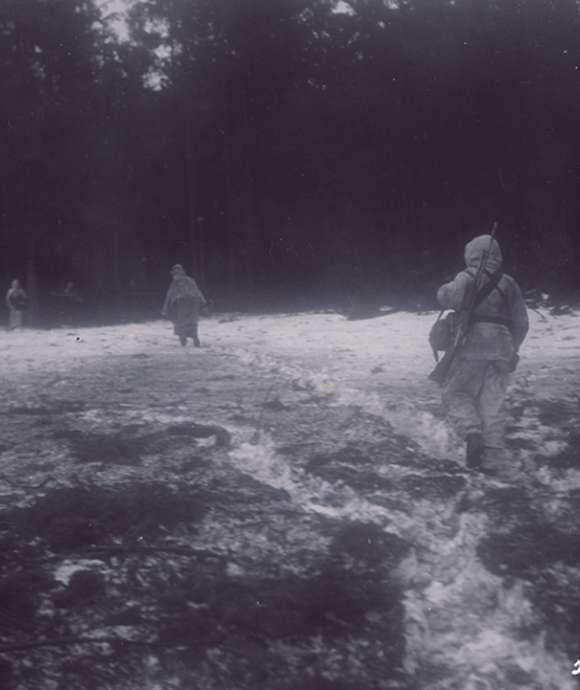
The Battles for Elsenborn Ridge Part II
At the end of the day, the veterans of the 26th Infantry still held their ground and looked out on a battlefield strewn with destroyed German armor and scores of enemy dead.
Seth Paridon
Seth Paridon was a staff historian at The National WWII Museum from 2005 to 2020. He began his career conducting oral histories and research for HBO’s miniseries The Pacific and holds the distinction of being the first historian hired by the Museum’s Research Department. In the 12 years he was Manager of Research Services, Seth and his team increased the oral history collection from 25 to nearly 5,000 oral histories.
Cite this article:
MLA Citation:
APA Citation:
Chicago Style Citation:
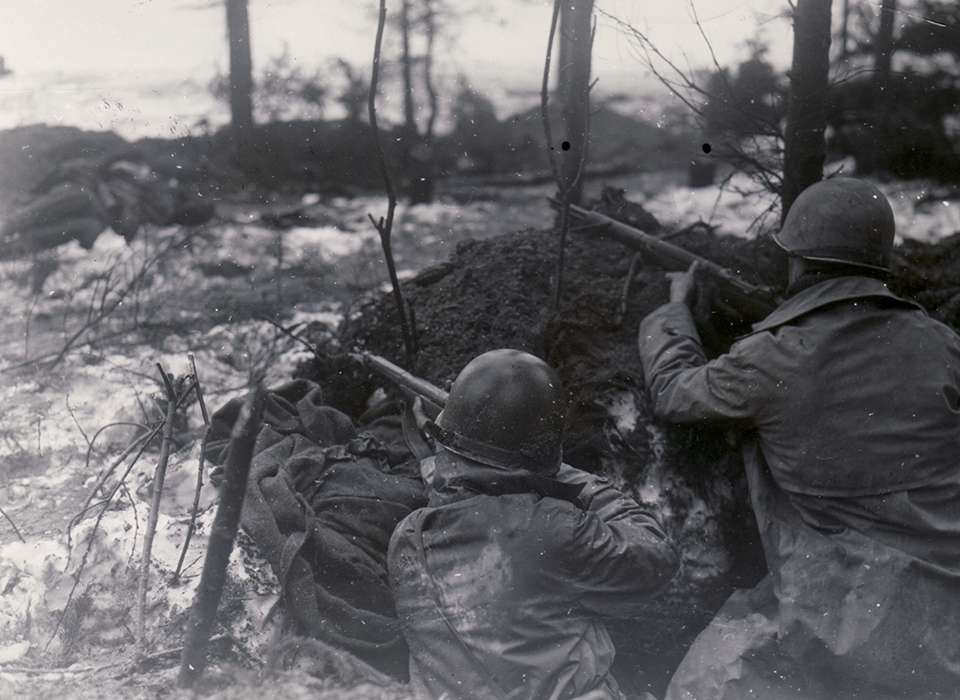
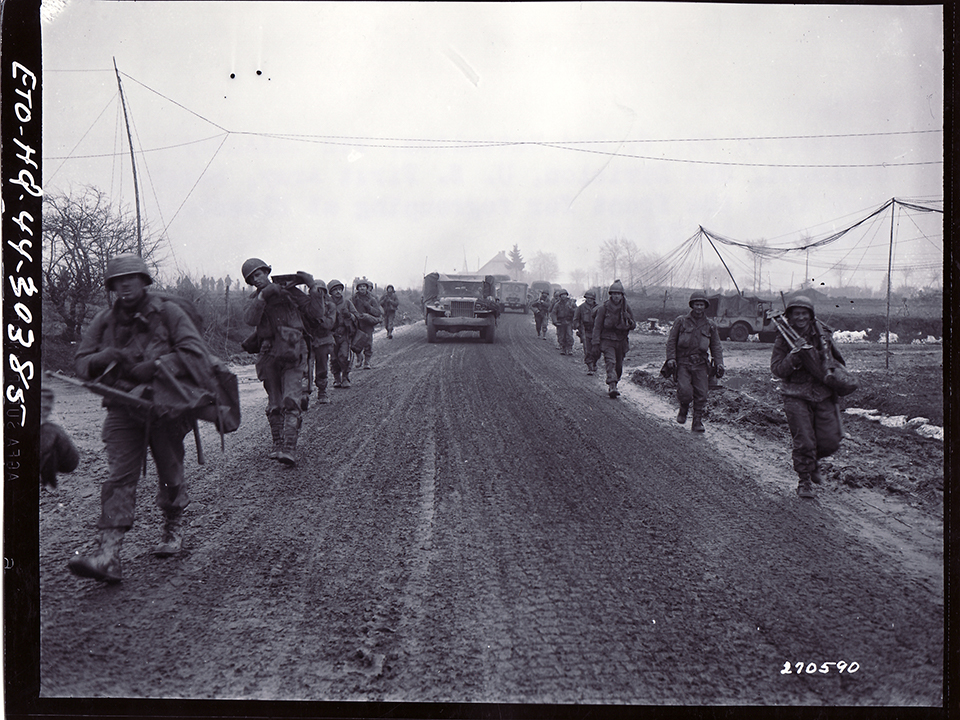
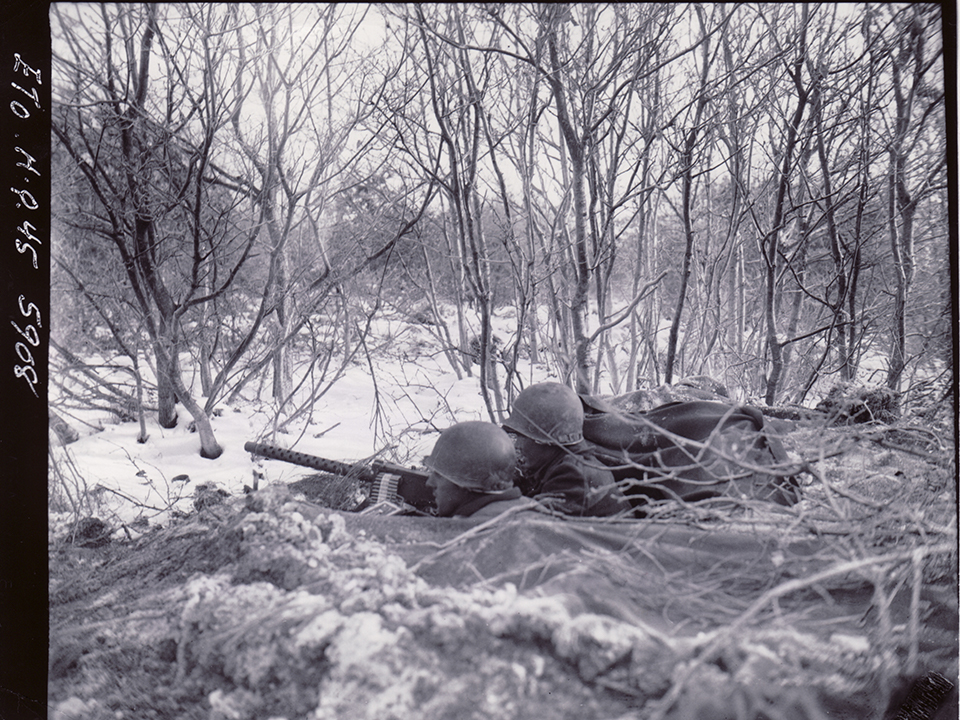
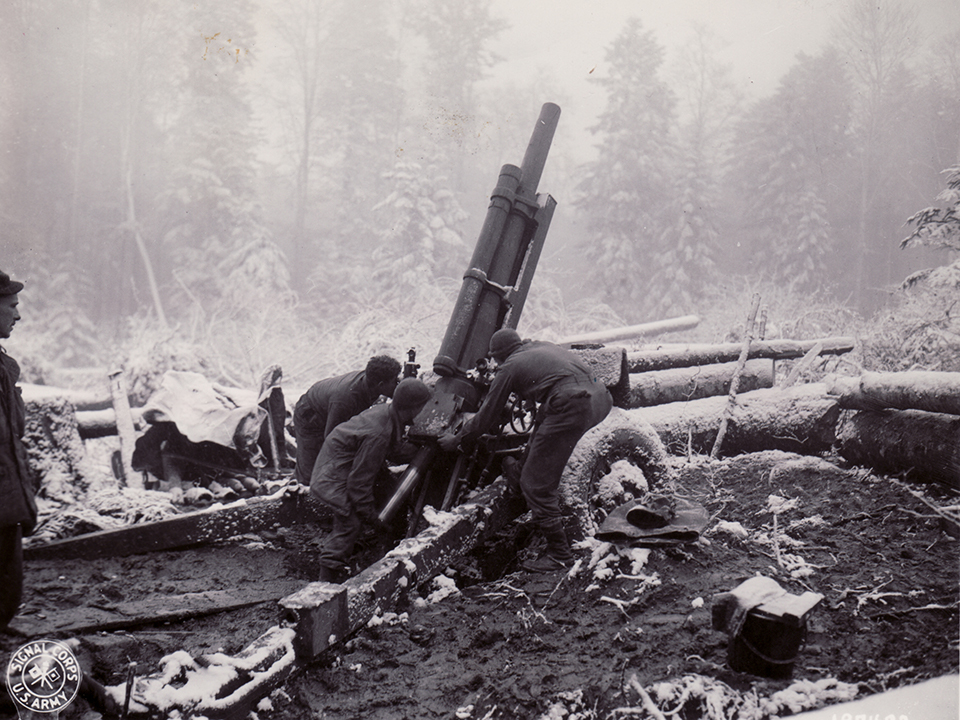
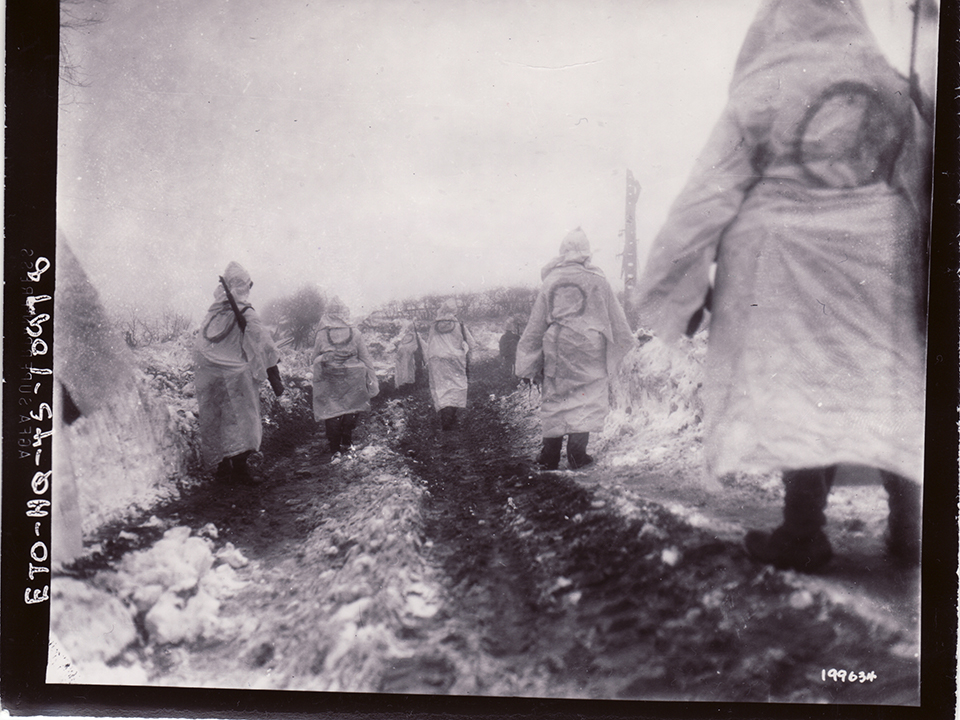
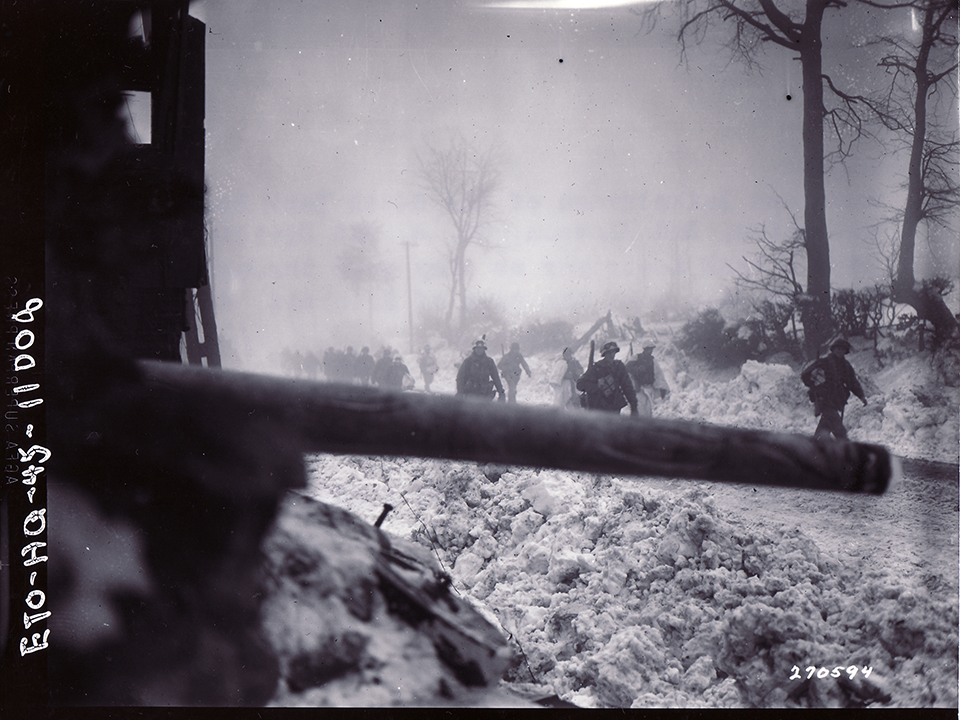
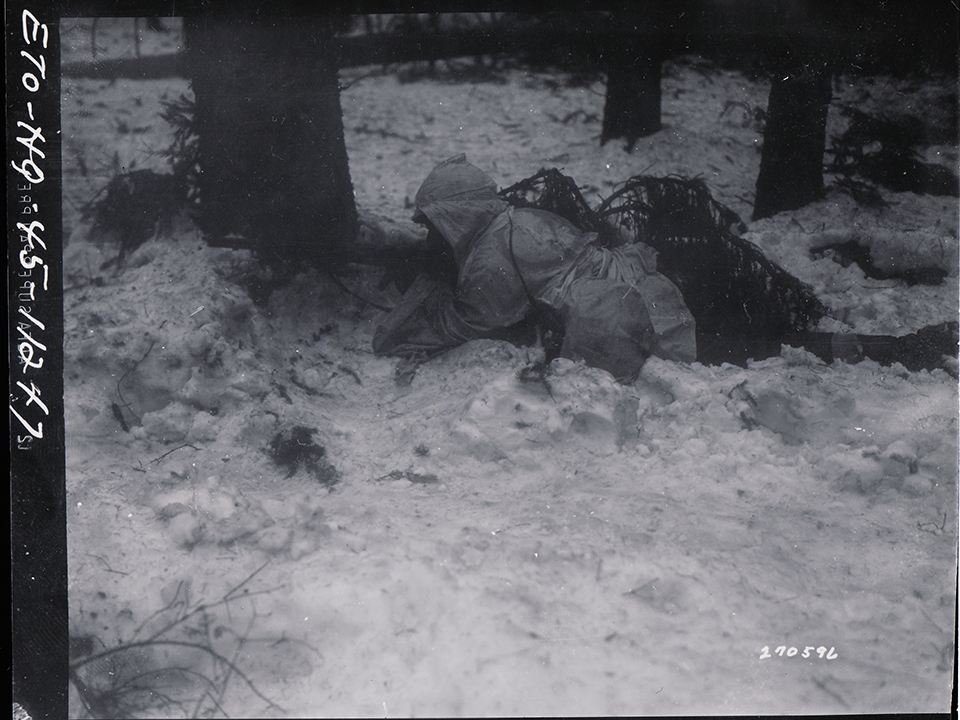
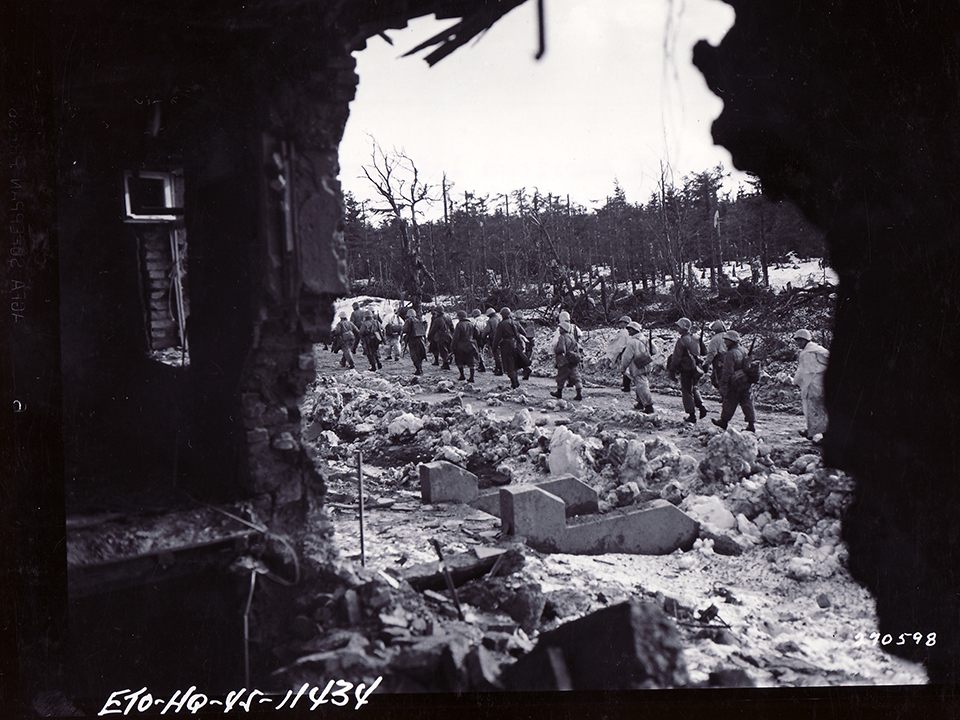

![Max Fuchs, New York City cantor, sings as Rabbi Sydney [sic] Lefkowitz, Richmond, VA, conducts the first Jewish services from Germany.](/sites/default/files/styles/max_650x650/public/2025-10/image1.jpg)






